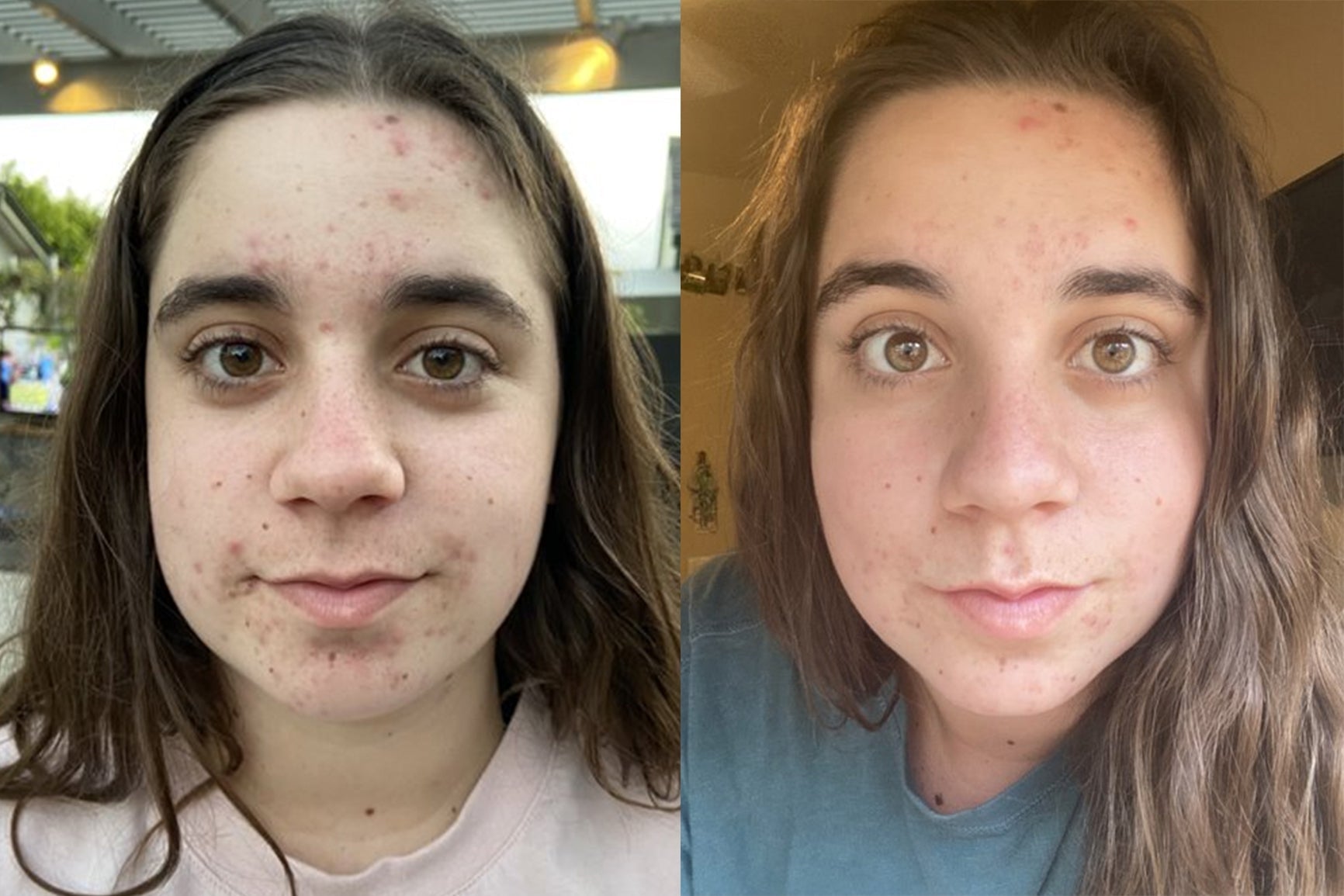During puberty, rising testosterone levels stimulate the oil glands to produce more sebum, often leading to acne. Acne develops from a combination of factors: excess oil, buildup of dead skin cells, bacterial overgrowth, and inflammation. Genetics, overall health, and individual inflammation response determine acne type and severity.
Acne types include: whiteheads (clogged, closed pores), blackheads (clogged, open pores oxidized to appear black), papules (inflamed bumps), pustules (raised white bumps with redness), cysts (deep, inflamed lumps with or without pus), and nodules (firm, painful deep lesions).
Effective Acne-Fighting Ingredients for Teens
Mild acne often responds to over-the-counter ingredients like Benzoyl Peroxide, Glycolic Acid, and non-prescription retinols. Persistent, cystic, or scarring acne should be evaluated by a dermatologist. Hormonal acne may require oral contraceptives or spironolactone; severe nodulocystic acne may need isotretinoin (Accutane).
Benzoyl Peroxide
- Kills acne-causing bacteria, reduces inflammation, and exfoliates.
- Available OTC in 2.5%–10% strengths; higher strengths may cause dryness.
- 10% Benzoyl Peroxide Acne Cleanser: ultra-micronized for deep pore cleansing with minimal irritation.
- 5% Benzoyl Peroxide Acne Spot Treatment: targets flare-ups, calms redness with Bakuchiol, Aloe Vera, and REG-ulate360 Complex™.
- Introduce gradually; reduce frequency if irritation occurs.
Glycolic Acid
- Alpha hydroxy acid that removes dead skin cells and prevents clogged pores.
- 10% Glycolic Acne Control Peel Pads: combines Glycolic and Salicylic Acids to target acne and post-acne marks.
Retinol
- Boosts cell turnover, prevents clogged pores, improves tone and texture.
- Advanced Retinol Night Repair Treatment: supports overnight repair, reduces acne and scarring, with REG-ulate360 Complex™ for hormonal support.
Aloe Vera
- Soothes skin with vitamins, antioxidants, and hydration.
- Aloe Vera Blemish Soothing Moisturizer: oil-free hydration with Squalane, antioxidants, and medical-grade Aloe Vera.
Note from Dr. Zenovia: Introduce active ingredients gradually. Reduce usage if irritation occurs. All Dr. Zenovia products include antioxidants and REG-ulate360 Complex™ to protect hormonally imbalanced skin without excessive dryness.
Always follow acne treatments with SPF. Advanced Repair Daily Defense SPF 45 offers hydration, brightening benefits, and mineral UVA/UVB protection.
Effective Teen Acne Routine
Cleanse twice daily, treat spots, use acne-fighting actives, moisturize, and apply SPF in the morning.
Morning
- Cleanser
- Spot Treatment
- Moisturizer
- SPF
Night
- Cleanser
- Glycolic Acid Peel Pads (3x/week)
- Retinol
- Moisturizer
Prevention Tips
- Avoid harsh scrubs and fragrances.
- Wash pillowcases weekly.
- Shower after sweating.
- Pat skin dry—don’t rub.
- Use non-comedogenic makeup.
- Don’t pop pimples—prevents scarring.
- See a dermatologist for scarring acne.
Acne in your teens is common and treatable with the right routine and products tailored to your skin type.


